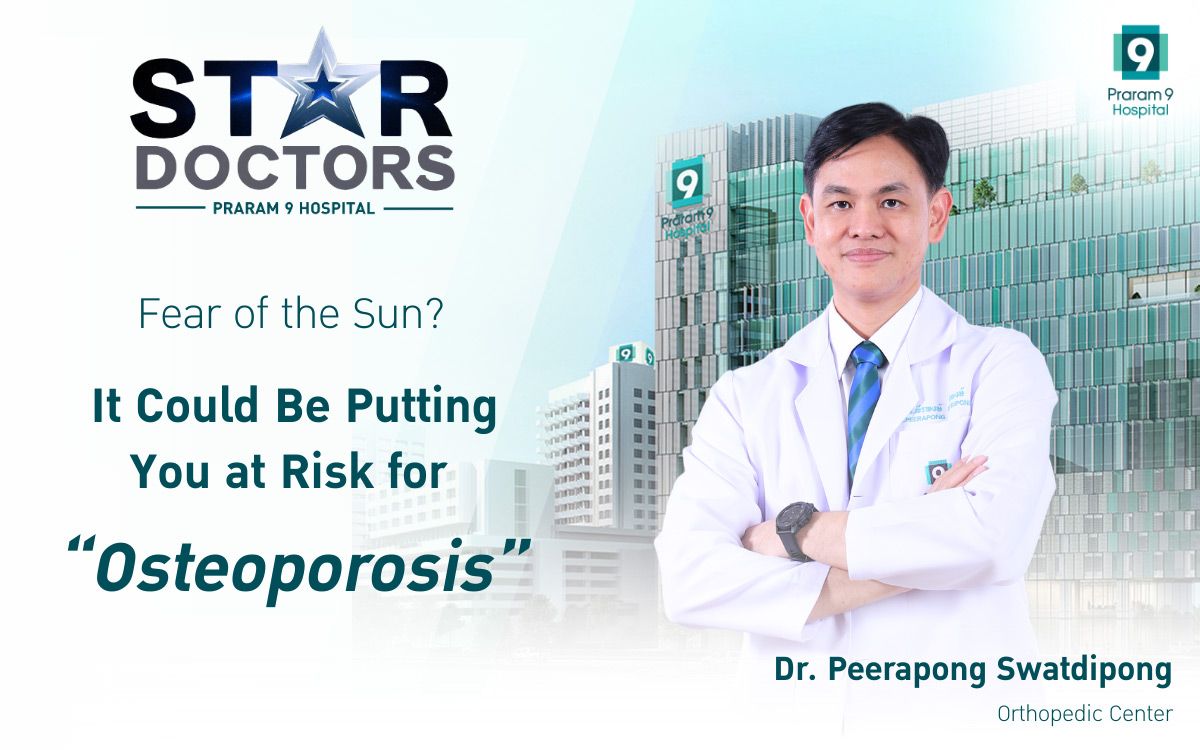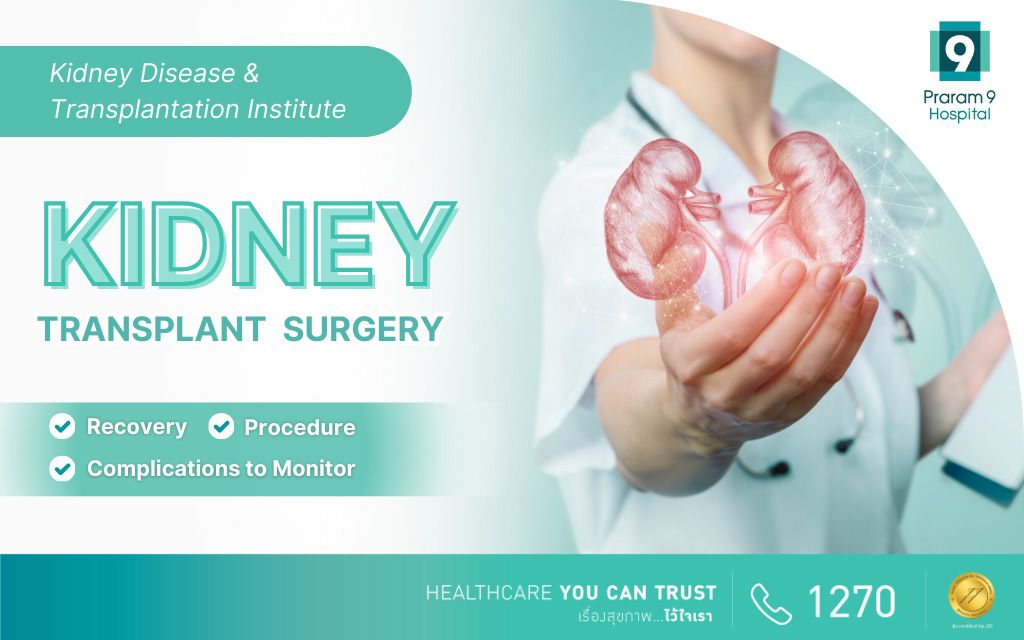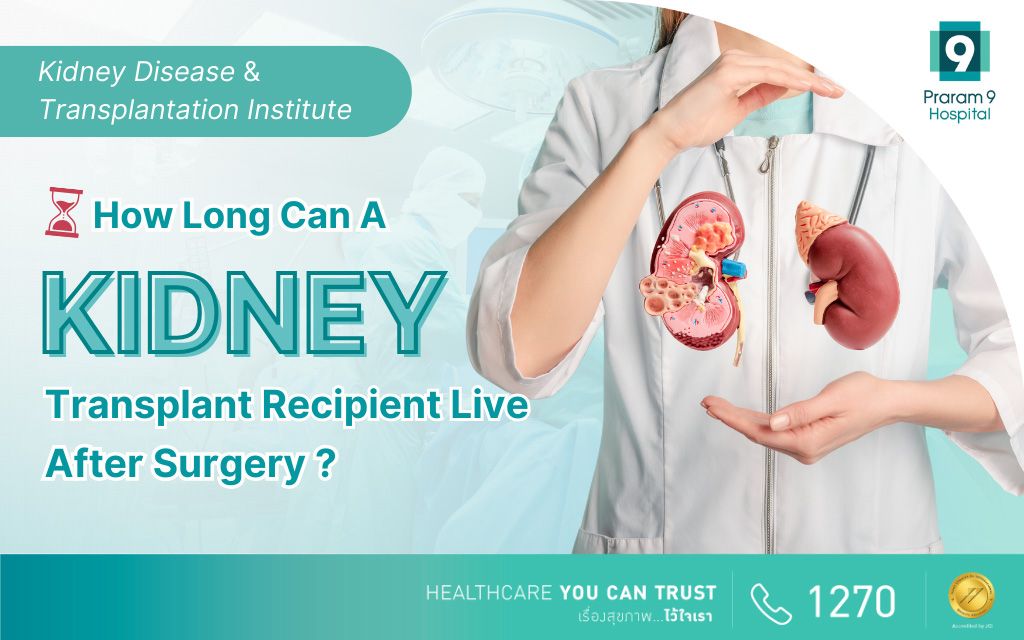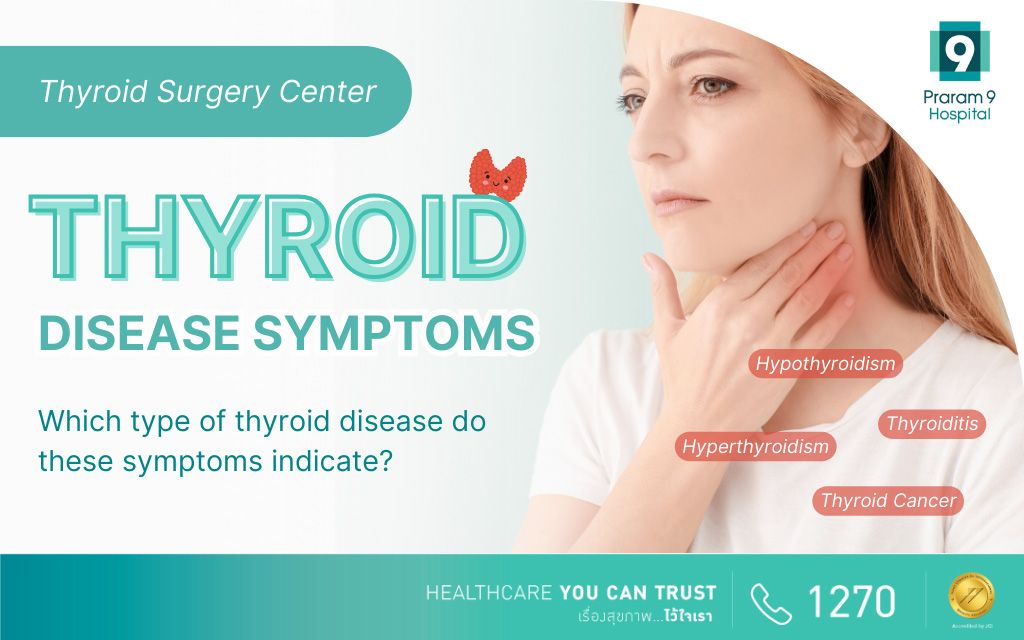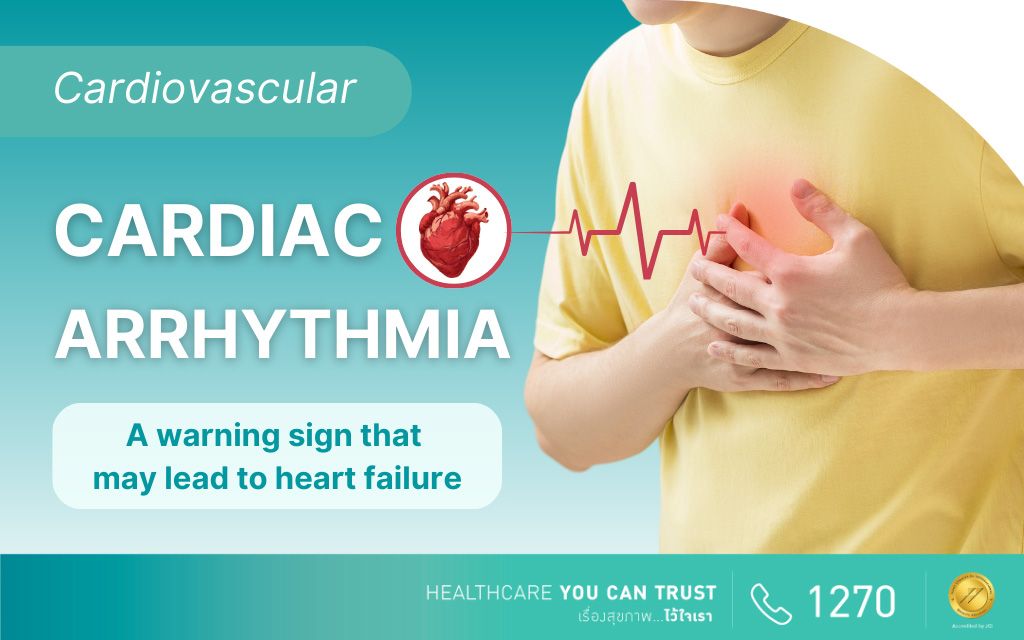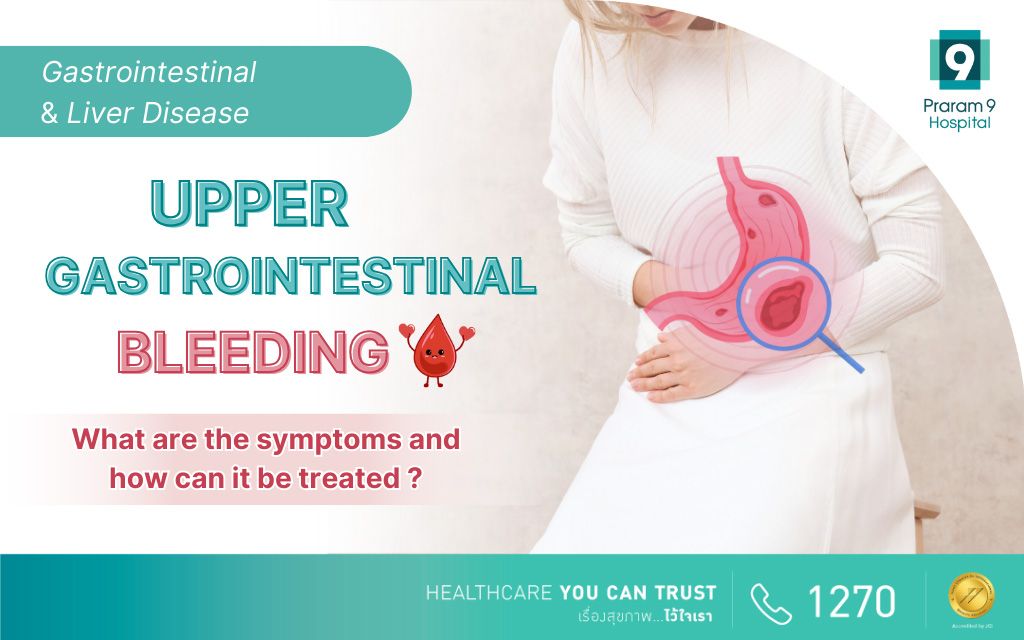Health Articles
Knowledge
Gynecologic Laparoscopic Surgery: A Great Option for Women

When it comes to women’s surgeries, besides the anxiety about the results, the pain from the surgery and the scars afterward are other significant concerns. Nowadays, medical advancements have provided women with treatment options that yield good results while leaving only small scars. The pain from the surgical wound is minimal, recovery is quick, and there are no severe complications. One such option is gynecologic laparoscopic surgery.
Table of contents
- Warning Signs of Gynecologic Diseases
- Gynecologic Surgery
- What is Gynecologic Laparoscopic Surgery?
- Advantages of Gynecologic Laparoscopic Surgery
- Limitations of Gynecologic Laparoscopic Surgery
- Diseases Treatable by Laparoscopic Surgery
- Recovery Time for Gynecologic Laparoscopic Surgery
- Gynecologic Laparoscopic Surgery Package
- Conclusion
Warning Signs of Gynecologic Diseases
- Abnormal bleeding or unusual vaginal discharge, especially post-menopause
- Heavy menstrual bleeding or painful menstruation
- Detecting or seeing a lump in the abdomen, experiencing chronic lower abdominal pain
- Persistent indigestion or bloating without a known cause
- Pelvic pain radiating to the back, waist, tailbone, or down the legs
- Difficulty urinating or irregular bowel movements, constipation
Gynecologic Surgery
Modern gynecologic surgery and procedures utilize various techniques that minimize incision sizes, reduce recovery time, and enhance cosmetic outcomes by reducing scarring. There are several types of gynecologic surgeries, including:
- Open Surgery: Traditional surgery that treats many gynecologic diseases but requires a large incision, resulting in longer recovery times for patients.
- Cervical Cryosurgery: A treatment using extreme cold to remove abnormal cells, often recommended during cervical cancer screenings (Pap smears).
- Colposcopy: A non-surgical diagnostic procedure using a colposcope to examine the cervix, vagina, and vulva to confirm abnormal Pap smear results.
- Dilation & Curettage (D&C): A common procedure for diagnosing uterine cancer, polyps, and abnormal endometrial thickening. It is also used for pregnancy termination and retained placenta.
- Hysteroscopy: A procedure that involves using a hysteroscope to diagnose and treat uterine abnormalities, such as removing uterine polyps and determining causes of recurrent miscarriage.
- Robotic Surgery: Utilizes robotic assistance for precise surgical procedures, minimizing tissue damage and enhancing accuracy.
- Vaginal Surgery: Performed through the vaginal canal, this surgery allows for quick recovery and avoids abdominal incisions.
- Pelvic Laparoscopy: A minimally invasive surgery performed through small incisions in the abdomen, used to treat conditions like endometriosis, uterine fibroids, hernias, and other gynecologic diseases.
What is Gynecologic Laparoscopic Surgery?
Gynecologic laparoscopic surgery, also known as gynecological laparoscopy, is a minimally invasive surgical procedure using specialized instruments and a high-resolution camera. The surgeon makes 3-4 small incisions of 0.5-1.0 centimeters in the abdominal cavity without the need for large incisions.
Through these small incisions, the surgeon inserts special instruments and a camera that produces magnified images on a monitor. This setup allows the surgeon to view the internal organs with clarity comparable to or even better than traditional open surgery. Using small instruments, the surgeon can treat various pathological conditions and take tissue samples for diagnostic purposes.
Advantages of Gynecologic Laparoscopic Surgery
- Smaller Incisions: Unlike traditional open surgery, laparoscopic surgery involves small incisions, each about 0.5-1.0 centimeters in size. These smaller incisions reduce the overall trauma to the body.
- Less Pain: The smaller incisions result in less pain post-surgery. This reduction in pain often means that patients require fewer and less potent painkillers compared to those recovering from open surgery.
- Quick Recovery: Patients can start walking within a day and be discharged from the hospital sooner. In contrast, open surgery typically requires a 1-2 day hospital stay.
- Shorter Time Off Work: Recovery time at home is generally shorter for laparoscopic surgery patients, with most individuals returning to normal work activities within 1-2 weeks, compared to a longer recovery period for open surgery.
- Fewer Adhesions and Complications: The risk of developing post-surgical adhesions (scar tissue that can cause internal organs to stick together) and other complications is lower with laparoscopic surgery than with traditional open surgery. This leads to fewer long-term issues and a smoother recovery process.
Limitations of Gynecologic Laparoscopic Surgery
- Specialized Training Required: Surgeons performing laparoscopic procedures must have specialized training and experience, which is not available at all hospitals.
- Not Suitable for All Patients:
- Large Tumors: Not feasible for patients with tumors larger than 15 centimeters.
- Gynecologic Cancers: Not suitable for certain gynecologic cancers.
- Other Risk Factors: Conditions such as obesity, age-related limitations, specific chronic diseases, pregnancy, and unstable vital signs.
- Adhesions: Excessive abdominal or pelvic adhesions, often due to previous infections or multiple abdominal surgeries, can complicate the procedure.
- Longer Surgery Time and Higher Costs: Some conditions may require longer surgery times compared to open surgery, and the procedure can be more expensive.
Diseases Treatable by Laparoscopic Surgery
- Endometriosis: Abnormal growth of endometrial tissue outside the uterus.
- Uterine Fibroids (Myoma): Noncancerous growths in the uterus.
- Ovarian Cysts: Benign fluid-filled sacs on the ovary.
- Pelvic Adhesions: Scar tissue in the pelvis, often from infections like ruptured appendicitis, pelvic inflammatory disease, or endometriosis.
- Ectopic Pregnancy: A pregnancy where the embryo implants outside the uterus.
- Tubal Sterilization: Permanent contraception procedure.
Recovery Time for Gynecologic Laparoscopic Surgery
After the laparoscopic surgery, the patient’s vital signs will be closely monitored to ensure stability and identify any potential complications. Once the patient is fully awake and able to urinate independently, they can typically be discharged the next day if there are no complications. Most patients can return to work within 72 hours.
Recovery varies depending on the complexity and duration of the surgery. Generally, most symptoms improve within 3-7 days post-surgery. Severe complications are rare but can include infection, bleeding, or injury to surrounding organs. Monitoring and prompt medical attention can help manage and address any issues that arise. Most patients can resume normal activities and return to work within 72 hours, with many experiencing significant improvement in symptoms within a week.
Gynecologic Laparoscopic Surgery Package
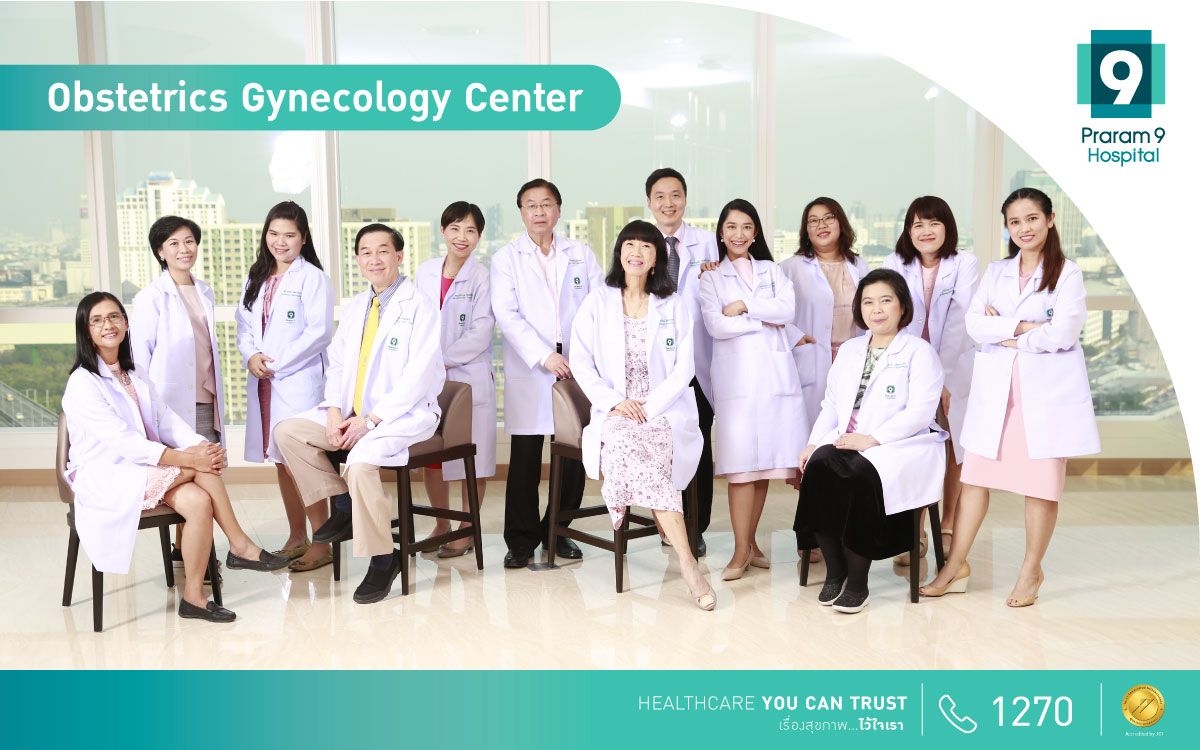
Obstetric Gynecology Center at Praram 9 Hospital has assembled a highly qualified team of experienced professionals to care for its patients. Our center specializes in the needs of women of all ages. We also offer a variety of treatments at our Infertility Center, Prenatal Diagnosis Clinic, and Menopause Center. We offer fully equipped facilities with an expert team that ensures you the best treatment possible.
Our Key Procedures
- Hysteroscopic Polypectomy
(Removal of endometrial polyps via vaginal laparoscopy) - Hysteroscopic Myomectomy
(Removal of fibroids via vaginal laparoscopy) - Hysteroscopic Polypectomy with Myosure
(Removal of endometrial polyps using Myosure advanced tools via vaginal laparoscopy) - Hysteroscopic Myomectomy with Myosure
(Removal of fibroids using Myosure advanced tools via vaginal laparoscopy) - Laparoscopic Tubal Ligation
(Dry curettage via abdominal laparoscopy) - Laparoscopic Ovarian Cystectomy/Salpingectomy
(Removal of ovarian cysts and small fibroids via abdominal laparoscopy) - Laparoscopic Myomectomy
(Uterine fibroid removal via laparoscopic surgery) - Total Laparoscopic Hysterectomy
(Removal of the uterus via laparoscopy)
Gynecologic Laparoscopic Surgery Packages
Price Starting from : 67,500-247,500 THB
For more information, please contact
TEL: 1270 (Local) or +662 202 9999
You can consult a doctor from anywhere through video calls.
Conclusion
Today, laparoscopic surgery, or minimally invasive surgery, stands out as a highly effective and widely used option for treating gynecologic conditions. This approach has continuously evolved with advancements in equipment, medical knowledge, and specialized skills of surgeons and care teams. Unlike traditional open surgery, laparoscopic procedures offer high safety, rapid recovery, minimal downtime, and fewer severe complications. They provide excellent outcomes for patients, making gynecologic laparoscopy an appealing choice. At Rama 9 Hospital, we offer expert care with specialized doctors, a skilled medical team, and state-of-the-art equipment to ensure the best for your loved ones.

